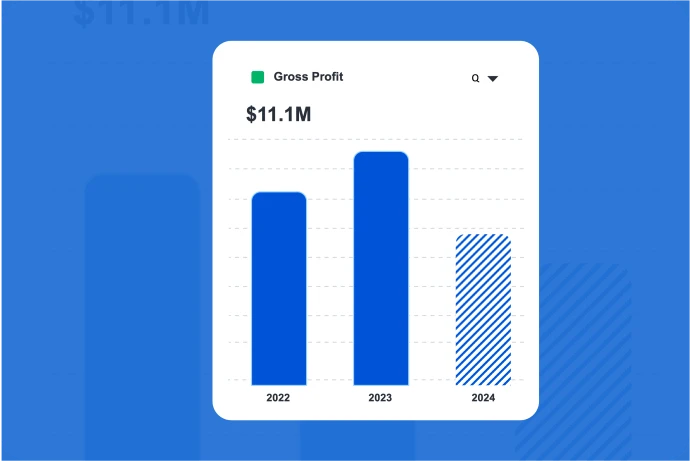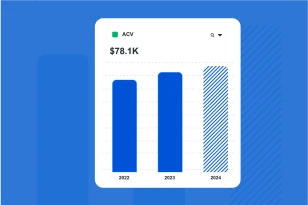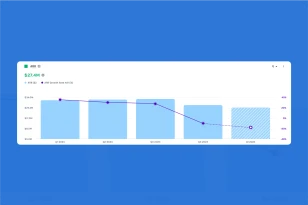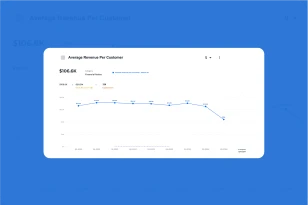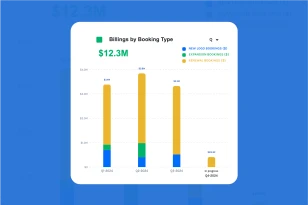What is Gross Profit ?
Gross Profit is a financial metric that represents the amount of money a company retains after deducting the direct costs associated with producing or purchasing the goods it sells. It is a key indicator of a company’s profitability at the gross profit level, providing insights into the efficiency of its core operations.
Why is it Important to Measure Gross Profit?
Measuring Gross Profit is essential for assessing a company’s ability to generate profit from its core business activities. It serves as a starting point for understanding a company’s overall profitability before considering operating expenses and other financial obligations. A healthy gross profit is indicative of effective cost management, competitive pricing, and efficiency in the production or procurement process.
How Do you Calculate Gross Profit?
Gross Profit is calculated by subtracting the cost of goods sold (COGS) from total revenue. The formula is as follows:
Gross Profit Formula
Total Revenue − COGS
For example, if a company has total revenue of $1 million and COGS of $400,000, the gross profit would be $600,000.
How To Improve Gross Profit?
Improving Gross Profit involves strategies that optimize the production or procurement process and enhance pricing strategies.
- One key approach is negotiating favorable terms with suppliers to secure better pricing for raw materials or components. Efficient supply chain management, bulk purchasing, and strategic vendor partnerships can contribute to cost savings and improved gross profit.
- Exploring pricing strategies that align with market demand and customer expectations is essential for optimizing gross profit. Companies may consider value-based pricing, premium offerings, or bundling strategies that enhance the perceived value of products, allowing for higher pricing and improved gross profit margins.
- Regularly reviewing and optimizing the product mix can also contribute to improved gross profit. Focusing on higher-margin products or services, phasing out low-margin offerings, and identifying opportunities for upselling or cross-selling can positively impact overall profitability.
- Investing in technology and automation to improve operational efficiency, reduce labor costs, and minimize errors in the production process is another strategy for enhancing gross profit. Continuous monitoring of industry trends, cost structures, and competitor pricing allows companies to make informed decisions and stay competitive in the market.
In summary, improving gross profit requires a combination of efficient cost management, strategic pricing, and continuous process optimization. Regularly assessing and adapting these strategies based on market dynamics and business performance contributes to sustained improvements in gross profit over time.
